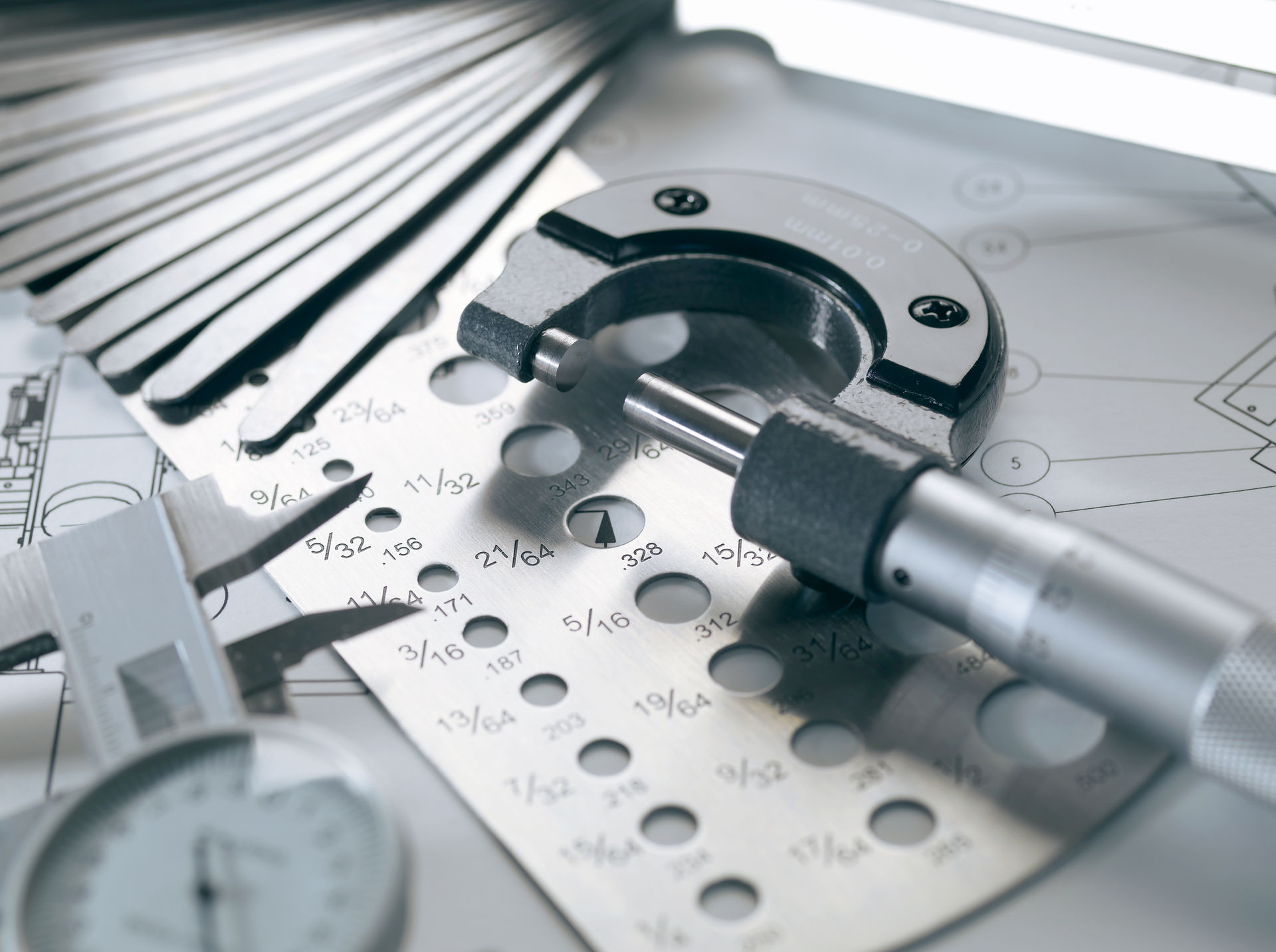
Machine Design
Manufacturing a shaft generally is done by 'turning'; removing material by rotating the part on its axis and moving a cutting tool axially. Turning leaves a helix pattern similar to a screw thread, commonly called machine lead or shaft lead. Subsequent manufacturing operations may leave a residual helix even though it is no longer visible. This test is based around application of spring energized elastomeric lip seals, but works equally well for applications using O-rings and quad-rings sealing rotating shafts.
Lubricants simultaneously perform many functions. Most obviously they reduce friction. They also transfer heat, prevent surface contact, dampen vibrations, inhibit rust, and spread the contact load over larger area. Improper lubrication is the most common cause of reducer failure. This can be improper oil selection, property break down or contamination...
There are 3 types of bearings: Rolling element, bushings, and journal. Antifriction bearings are commonly taken to refer to rolling element bearings. These bearing have rolling components, such as ball bearings. Lubrication is used to cool the surfaces, reduce friction and wear for the portion of sliding contact that occurs, and form a fluid film that distributes contact stress over a larger area. A hovercraft over water has a similar effect...
Combining Axial and Radial Forces Applied to a Bearing
Bearing life calculation is based on a single direction load. Calculating life for a bearing with both radial and axial forces applied requires combining them into a single equivalent load. These calculations seem complex reading manufacturers' catalogs. Each manufacturer presents their equations in differently. An individual manufacturer will present equations for each type of bearing they make differently. In reality the equivalent load equation is the same...
Disclaimer: We make every effort to provide accurate information and useful advice. However, the user is responsible for the results of its use. The authors and Complement Consultants LLC is not responsible for any errors, omissions or results from its use.
While offered freely it is copyrighted by the authors and Complement Consultants LLC, and they reserve all rights. It cannot be reprinted or republished without their expressed written consent.
